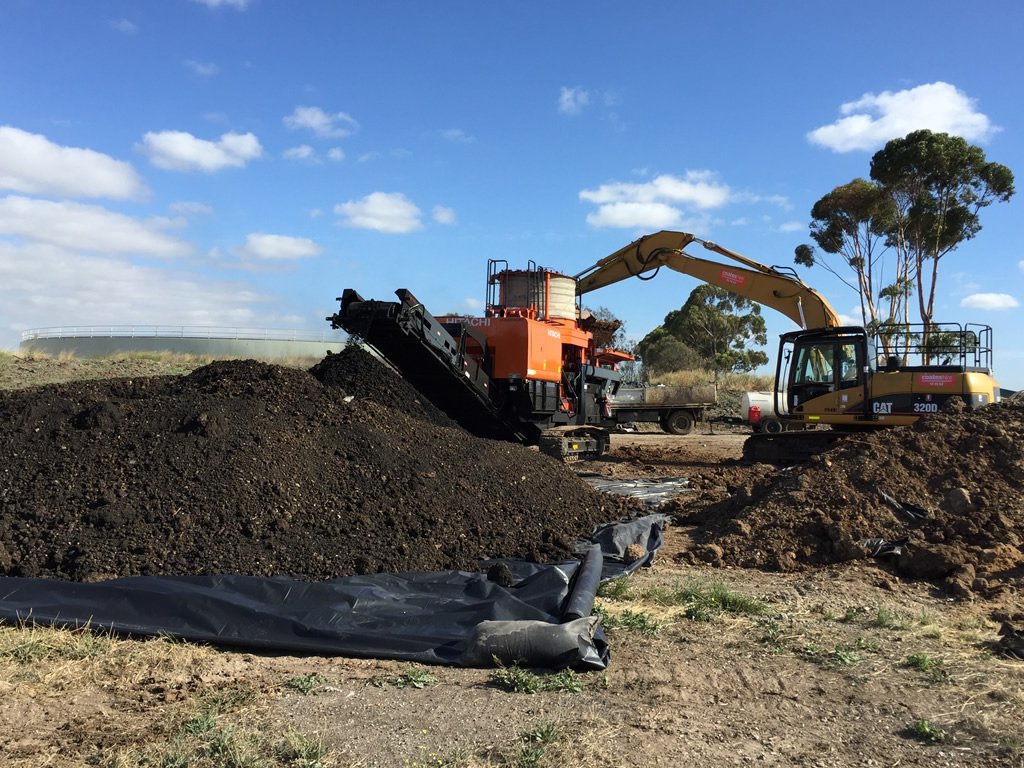Hazardous waste comes in many forms, but all with a common thread – the contaminants can have harmful effects on human health and the environment.
Enviropacific offers a range of industry experts and techniques to remediate and contain hazard waste, including immobilisation.
Immobilisation restricts the movement of hazardous compounds in wastes so that they don’t leach into the environment and can be achieved naturally, through chemical fixation or micro- or macro-encapsulation.
Chemical immobilisation is the most common method where chemicals are used to stabilise the contaminants. Encapsulation with physical boundaries involves placing a barrier between the contaminated waste and the surrounding environment.
The process is largely influenced by the occupational health and safety measures necessary in handling both the waste product destined for treatment (immobilisation) and the risk associated with the practical application of required reagents.
While evolving industry practice and the associated technology surrounding immobilisation is a key focus area for Enviropacific, it also recognises that well established techniques can still be applied to certain waste streams.
Find out more at: www.enviropacific.com.au



